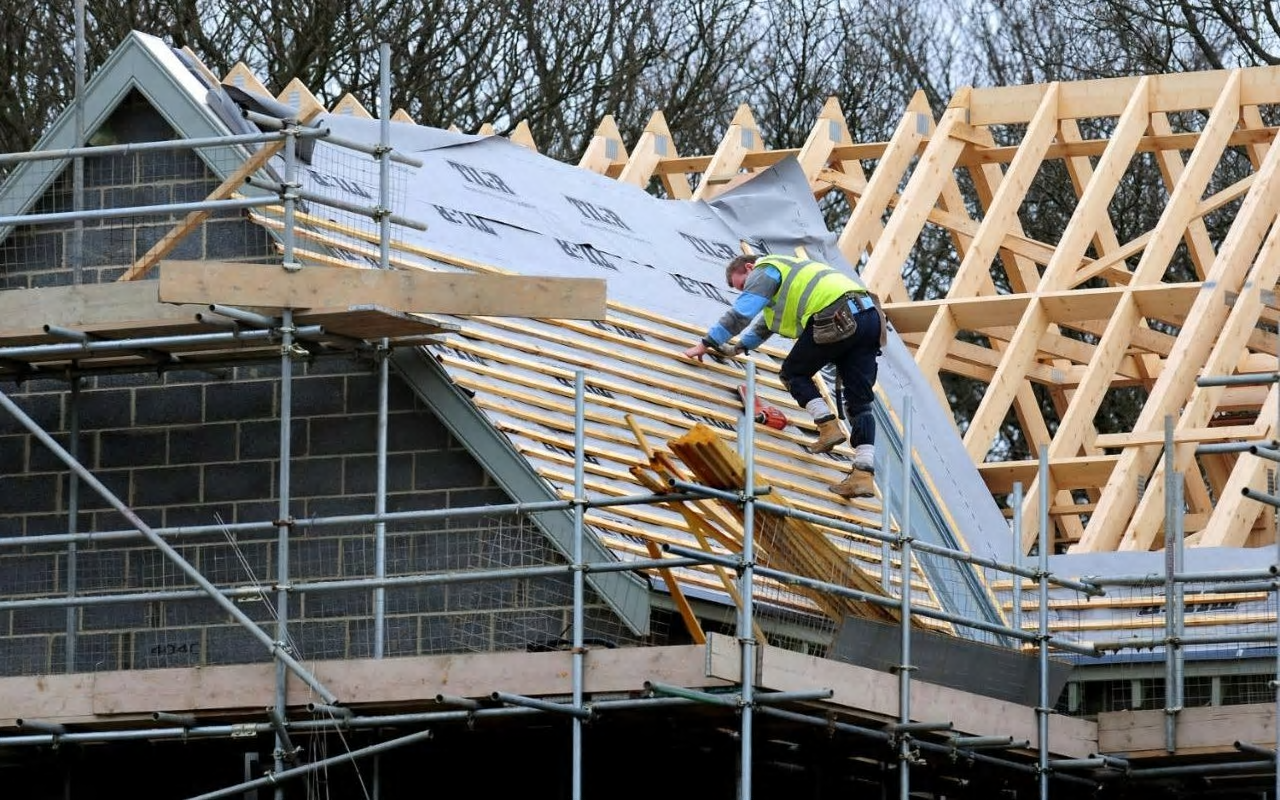Sajid Javid has today announced he will be formally intervening in “unacceptably slow” local authorities who are yet to adopt their local plans.
Blasting local authorities who are lagging behind in adopting a local plan for development, the Communities Secretary said that his “patience has run out” and that the formal intervention process for non-compliant local authorities will begin.
Speaking in Bristol this morning, Javid set out the need for sustainable housing development across the country and praised the majority of councils who were performing well, adding: “Where councils are showing drive and ambition the government will back them every step of the way, including with a kind of housing deal we are negotiating here in the West of England.”
While many authorities are performing well, too many local authorities “still leave much to be desired” he added, highlighting how not having a local plan in place can bring “piecemeal speculative development with no strategic direction”.
In a clear message to local authorities to engage with communities and get local plans agreed, the Communities Secretary announced he has been ‘left with no choice’ but to begin formal intervention.
The Housing White Paper released in February made mention of Government’s willingness to intervene in the affairs of any local authorities who had not adopted a plan, but as of yet no local authorities have been subject to the measure.
While over 70 local authorities are yet to adopt a local plan, Javid has singled out 15 as being a “particular cause for concern” that will require Government intervention to help them adopt a local plan and deliver certainty for local residents.
The 15 local authorities are:
- City of York Council,
- Basildon,
- Brentwood,
- Bolsover,
- Calderdale,
- Castle Point,
- Eastleigh,
- Liverpool,
- Mansfield,
- North East
- Derbyshire,
- Northumberland,
- Runnymede,
- St Albans,
- Thanet,
- Wirrell


 After several false starts, the DCLG’s ‘Land Release’ fund announced in the Housing White Paper has opened for bids.
After several false starts, the DCLG’s ‘Land Release’ fund announced in the Housing White Paper has opened for bids.


